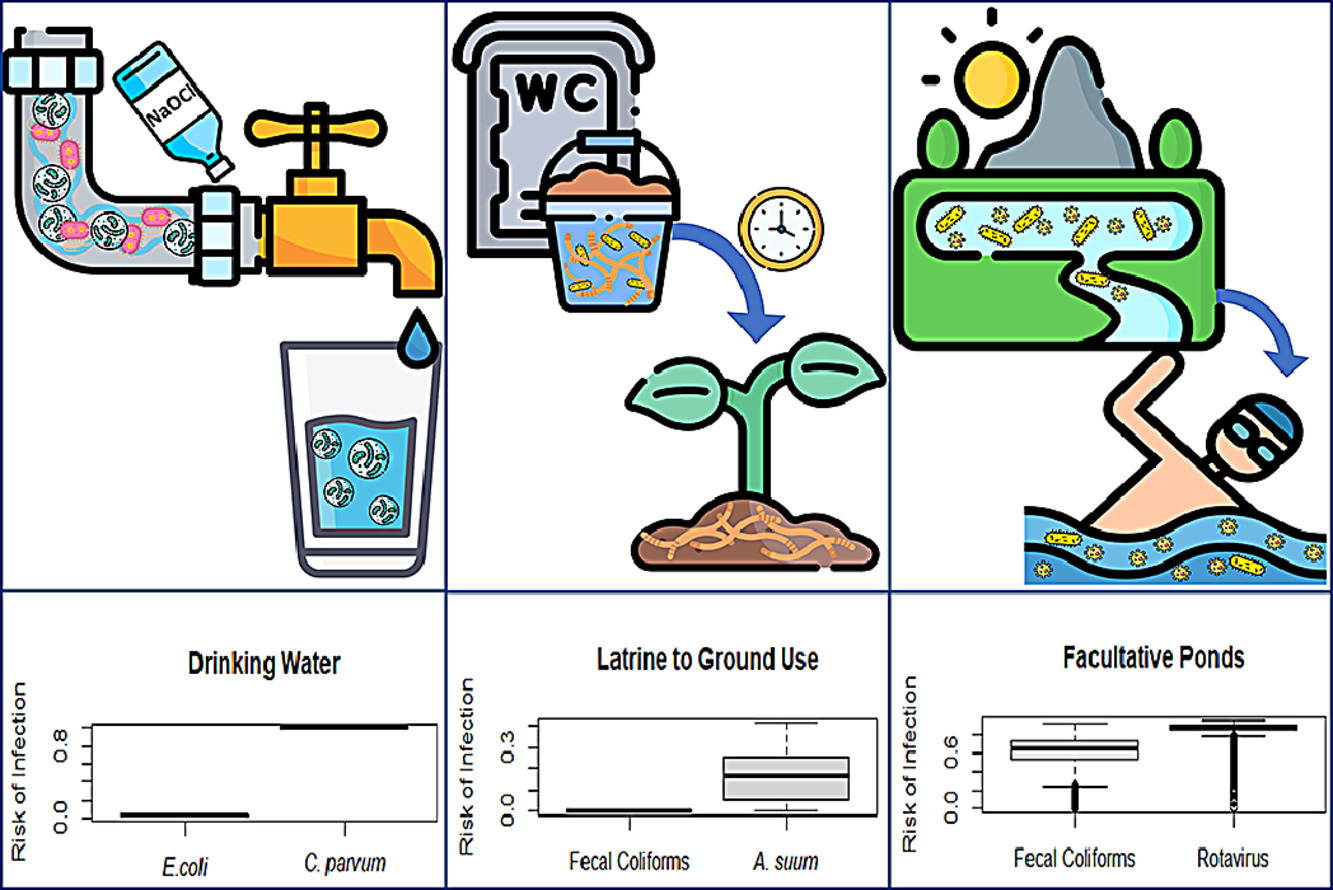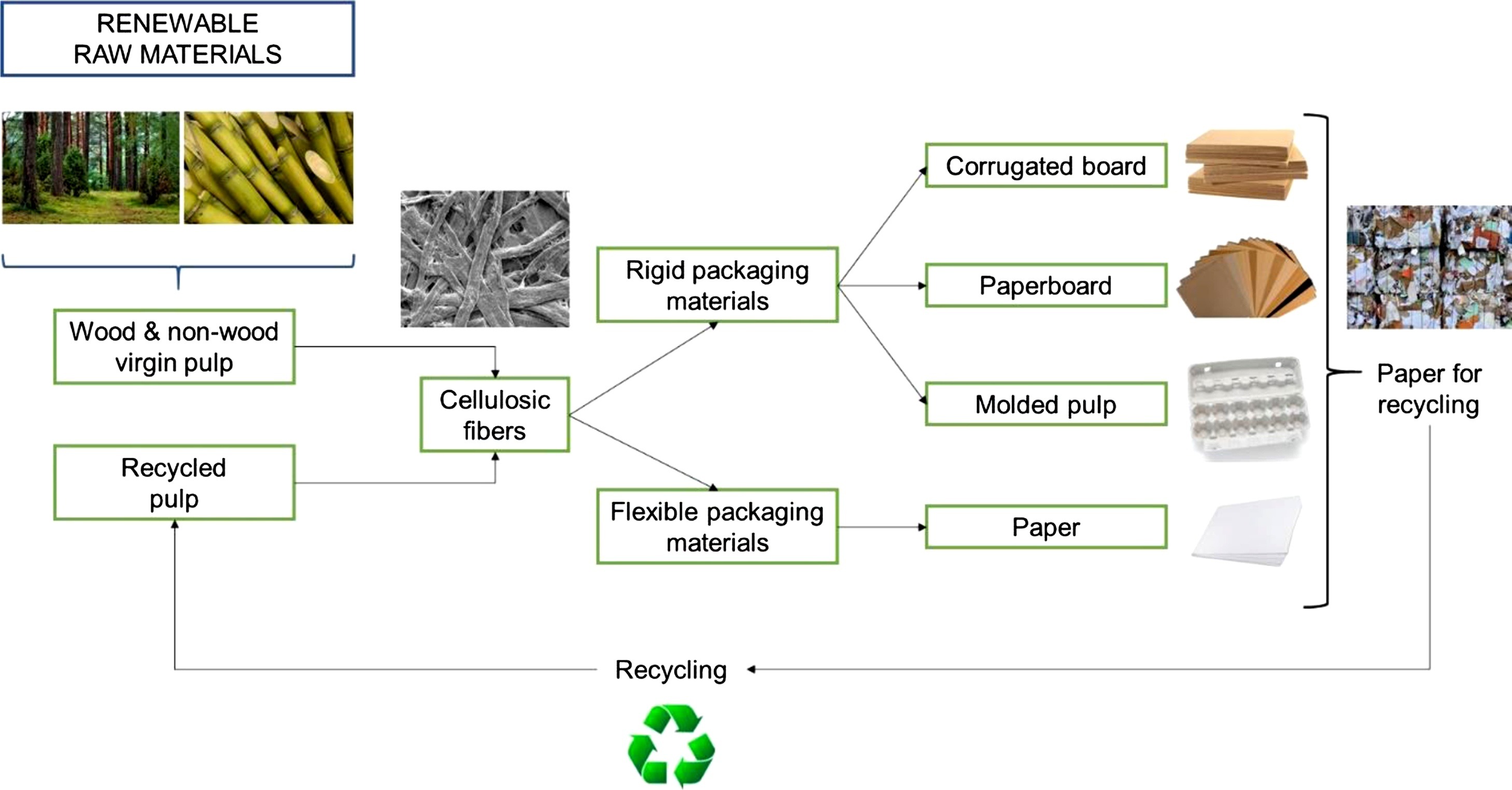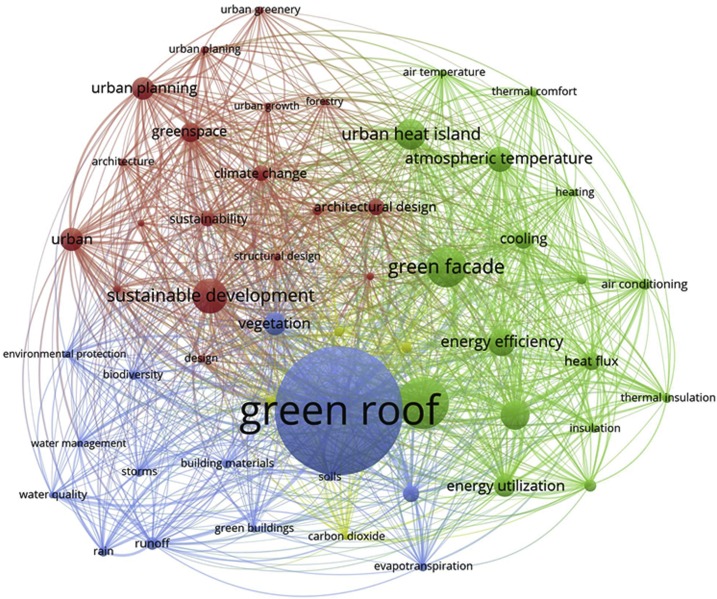Elsevier, Nurse Education Today, Volume 97, February 2021
Background: Compared to cisgender peers, transgender and gender diverse (TGD) people experience significant health disparities associated with discrimination and limited access to appropriate care in healthcare settings. Nurses represent the largest segment of the United States (US) healthcare workforce; however, US nursing programs only dedicate approximately 2.12 h to Lesbian, Gay, Bisexual, and TGD (LGBT)-related content.
Elsevier, Midwifery, Volume 93, February 2021
Objective: To explore and describe norms concerning maternity, femininity and cisgender in lesbian and bisexual women and transgender people (LBT) assigned female at birth, with an expressed fear of childbirth (FOC). Design: Semi-structured interviews were conducted with self-identified LBT people with an expressed FOC. Participants: 17 self-identified LBT people participated. 15 had an expressed FOC, and two were non-afraid partners. Findings: Participants described how their FOC was related to ideals of “the primal woman”, including ideals of a natural birth.
Elsevier, The Lancet Child and Adolescent Health, Volume 5, February 2021
Background: Disparities in outcomes of adult sepsis are well described by insurance status and race and ethnicity. There is a paucity of data looking at disparities in sepsis outcomes in children. We aimed to determine whether hospital outcomes in childhood severe sepsis were influenced by race or ethnicity and insurance status, a proxy for socioeconomic position. Methods: This population-based, retrospective cohort study used data from the 2016 database release from the Healthcare Cost and Utilization Project Kids’ Inpatient Database (KID).
Elsevier, Water Research, Volume 189, 1 February 2021
Water and wastewater utilities, water and sanitation hygiene (WASH) practitioners, and regulating bodies, particularly in developing nations, rely heavily on indicator microorganisms, as opposed to pathogens, for much of their regulatory decisions. This commentary illustrates the importance of considering pathogens and not relying only on indicator organisms when making decisions regarding water and sanitation, especially with respect to meeting the current targets of the Sustainable Development Goal (SDG) 6.
Elsevier, Rheumatic Disease Clinics of North America, Volume 47, February 2021
It is estimated that 32.5 million US adults have clinical osteoarthritis (OA), with the most common sites being knee and hip. OA is associated with substantial individual and societal costs. Race/ethnicity, socioeconomic status (SES), and geographic variations in the prevalence of knee and hip OA are well established around the world. In addition, clinical outcomes associated with hip and knee OA differ according to race/ethnicity, SES, and geography. This variation is likely multifactorial and may also reflect country-specific differences in health care systems.
Elsevier, Immunology and Allergy Clinics of North America, Volume 41, February 2021
Pollens are a major cause of seasonal allergic diseases. Weather may alter the production of pollens. Increased atmospheric temperatures lead to earlier pollination of many plants and longer duration of pollination, resulting in extended pollen seasons, with early spring or late winter. Longer pollen seasons increase duration of exposure, resulting in more sensitization, and higher pollen concentrations may lead to more severe symptoms. Climate changes in contact to pollens may affect both allergic sensitization and symptom prevalence with severity.
Elsevier, Pediatric Clinics of North America, Volume 68, February 2021
The burden imposed by pollution falls more on those living in low-income and middle-income countries, affecting children more than adults. Most air pollution results from incomplete combustion and contains a mixture of particulate matter and gases. Air pollution exposure has negative impacts on respiratory health. This article concentrates on air pollution in 2 settings, the child's home and the ambient environment. There is an inextricable 2-way link between air pollution and climate change, and the effects of climate change on childhood respiratory health also are discussed.
Elsevier, Carbohydrate Polymers, Volume 254, 15 February 2021
This short communication describes the climate change impacts of using cellulose, and more precisely cellulosic fiber-based materials, in food packaging, representing current and emerging industrial state of the art technology, without specific reference to current scientific advances. First, the different types of cellulosic fiber-based packaging materials, which can be used to replace fossil-based packaging materials, are presented for flexible and rigid applications. The focus is on technological solutions with packaging properties that enable the protection of commonly sold food products.
Elsevier, Sustainable Cities and Society, Volume 65, February 2021
This study presents a critical review analysis of greenery systems research through a bibliometric approach. The purpose of this study is to provide a holistic overview by (i) the development of the field; (ii) the research trends and the main issues; and (iii) the main gaps still observed in the literature. Therefore, this paper provides the past, the present and the potential future of this scientific topic and serves as an orientation and guide for researchers who aim for a better understanding of the main progress and gaps.



